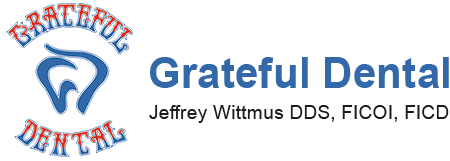
Current dental implant treatments can change your life. Implants can restore your appearance, improve nutrition, speech and self esteem. Losing one or more teeth can create a gap in your smile, affect ability to chew altering your diet. Most importantly tooth loss stimulates your body to “melt” your jaw bone away. Without a tooth in the alveolar bone your body heals itself by shrinking unneeded bone and blood supply. This bone loss changes the shape of your face causing you to look prematurely aged. With dental implants healthy teeth are not compromised by crowning the teeth adjacent to spaces. Implants, like teeth, stimulate your alveolar bone to maintain blood supply and new bone. Yes implants stop bone loss.
The number of bone grafting procedures has exceeded 2.2 million per year worldwide. Yet American insurance companies may not pay benefits on them. It is important to know what a alveolar ridge preservation (ARP) is (also called a socket graft) because the most difficult thing to replace in your mouth is not teeth it’s the bone that secures the teeth.
After a tooth is removed the body begins to resorb the bone which secured the tooth. ARP is the only way to slow this process and implant placement is the only way to stop alveolar bone loss. Most of the alveolar bone loss around an extraction site occurs within the first year. After this time frame more complex bone grafting can be done however at an increased cost and with more discomfort along with longer healing times. Also the blood supply after an extraction is ideal to inspire the body to grow new bone. Grafting material comes from several places. Autograft is bone taken from another part of your body and transplanted into area needing bone. This requires a second surgical site. The more common procedure is for the dentist to use an Allograft which is bone donated by a tissue donor and processed to ensure safety and sterility. The combination of the two types may be the most effective way to grow new bone. The immune cells from extraction socket blood flow mix with the allograft causing the body to physiologically restore conditions needed for a tooth.
Grafts provide the scaffolding framework where specialized cells can replace damaged cells with healthy new cells called osteoblasts. Over time the cells remodel the graft material into healthy functioning bone.


